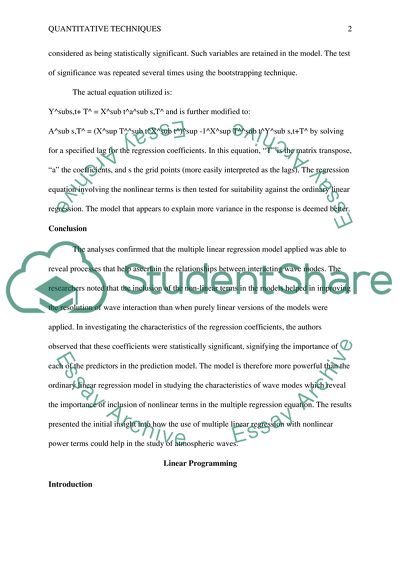Cite this document
(Multiple Linear Regression, Linear Programming, Decision Theory Assignment, n.d.)
Multiple Linear Regression, Linear Programming, Decision Theory Assignment. Retrieved from https://studentshare.org/systems-science/1683398-course-project
Multiple Linear Regression, Linear Programming, Decision Theory Assignment. Retrieved from https://studentshare.org/systems-science/1683398-course-project
(Multiple Linear Regression, Linear Programming, Decision Theory Assignment)
Multiple Linear Regression, Linear Programming, Decision Theory Assignment. https://studentshare.org/systems-science/1683398-course-project.
Multiple Linear Regression, Linear Programming, Decision Theory Assignment. https://studentshare.org/systems-science/1683398-course-project.
“Multiple Linear Regression, Linear Programming, Decision Theory Assignment”, n.d. https://studentshare.org/systems-science/1683398-course-project.


